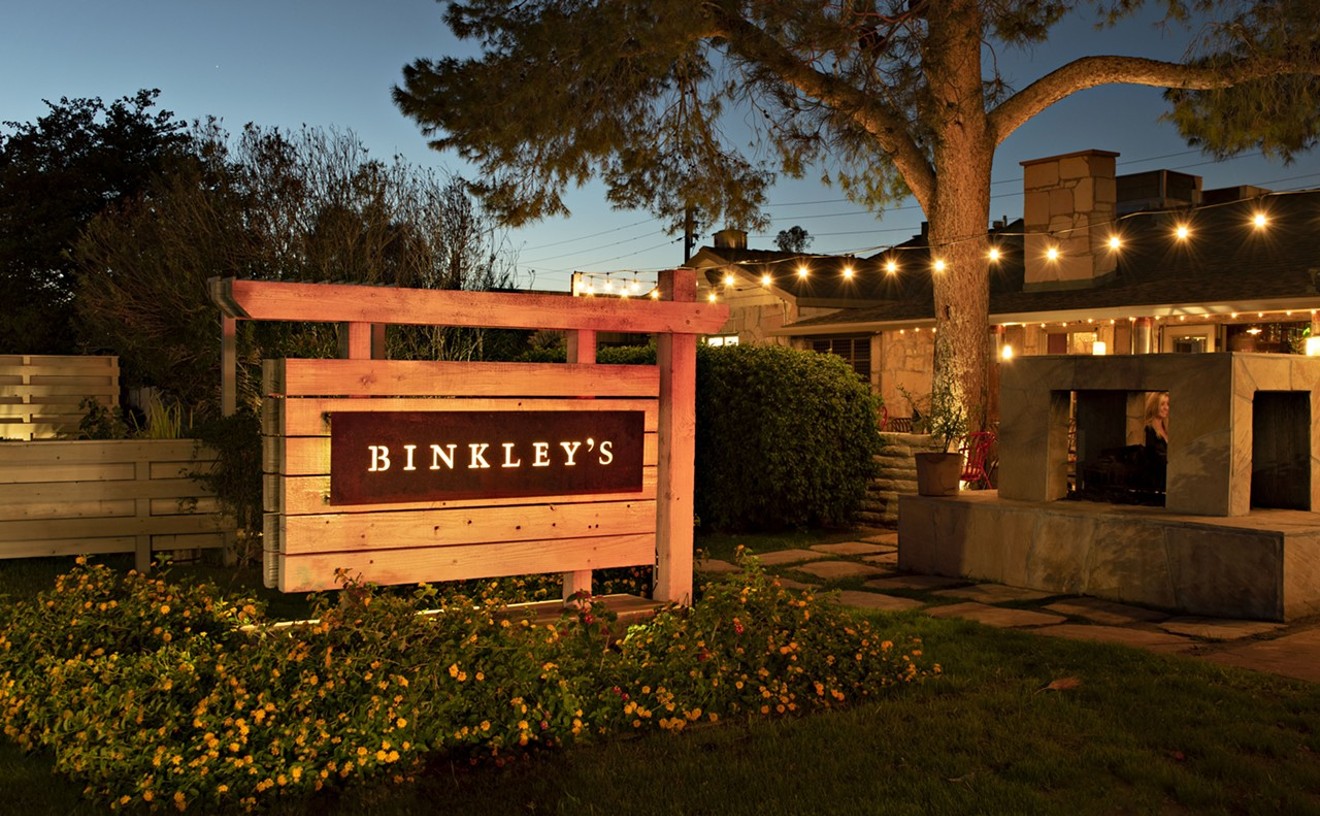As cinema, it's negligible. Director Barry Shils doesn't use the camera to give us a unique angle on the performers, as, for instance, Jonathan Demme did with Stop Making Sense. The performances are shot exactly like numbers in a TV variety show, and there's no real narrative line, so the film feels longer than its 85 minutes. Shils just pointed the camera and let it roll.
Fortunately, though, he pointed it at drag acts of hysterical inventiveness and audacity. Wigstock: The Movie is so scattered in approach that it slumps from time to time, but there's never any doubt that, with the help of these hilarious, outrageous performers, it will jump to life again. And it never loses the sense that this event would be an absolute blast to attend.
In the opening sequence, we see Misstress Formika, decked out in some unfathomable commingling of Mafia princess and biker-babe chic, lip-synching to Ren Woods singing "The Age of Aquarius" from the film of Hair. It sets the love-plus-irony tone perfectly. It's followed by such curious treats as, among many, many others, Perfidia performing "Welcome to Havana" la Carmen Miranda, Candis Cayne miming "It's Too Darn Hot" with a flawless USO-style brass and "Born to be Wild" as performed by "The Dueling Bankheads," a pair of Tallulahs who do cartwheels. There are the inevitable backstage interviews, and cutaways to the innumerable wildly dressed spectators in the Mardi Gras-like crowd (of around 30,000).
Some of the acts are clearly the work of highly talented folks--like the aforementioned Misstress, the pretty-faced, insouciant-faced RuPaul or the remarkable Lypsinka (n John Epperson), who gives a commanding performance of "But Alive" from Applause, remixed with samples of Faye Dunaway's Joan Crawford in Mommie Dearest.
Many of the other acts are just as clearly people of very modest talent, who get by on the power of their confidence and energy, and the creative audacity of the outfits--there's an eye-popping routine near the end depicting "the first baby born at Wigstock."
What emerges, in act after act, is that drag queens are parodists, not of female fashions, but of their own glamorous fantasies about those fashions. The liberated joy they take at their unconventional attire makes for a fascinating effect within the film: When we get a glimpse of people not in drag--and we get surprisngly few such glimpses--they seem shockingly impoverished. Almost naked.










